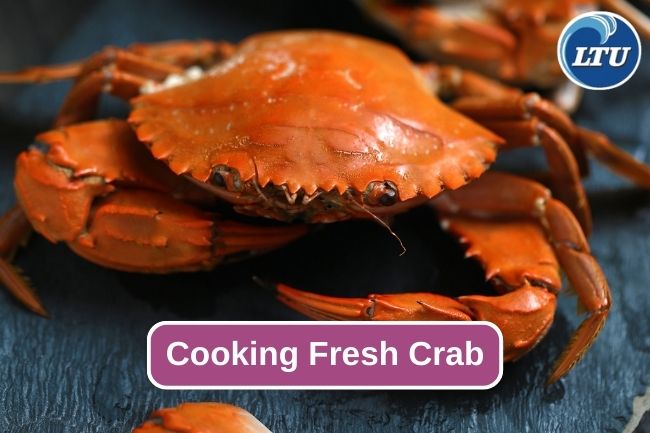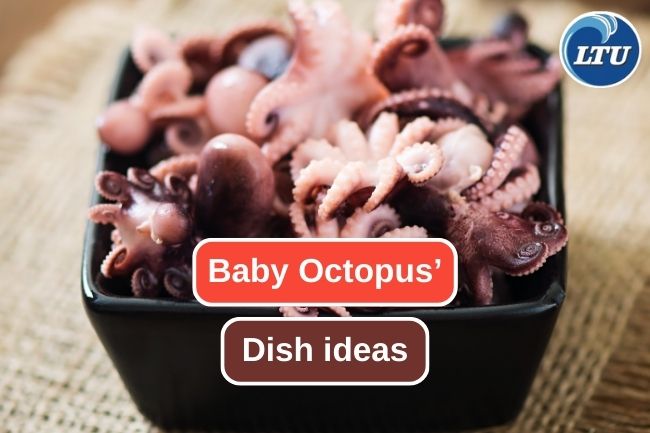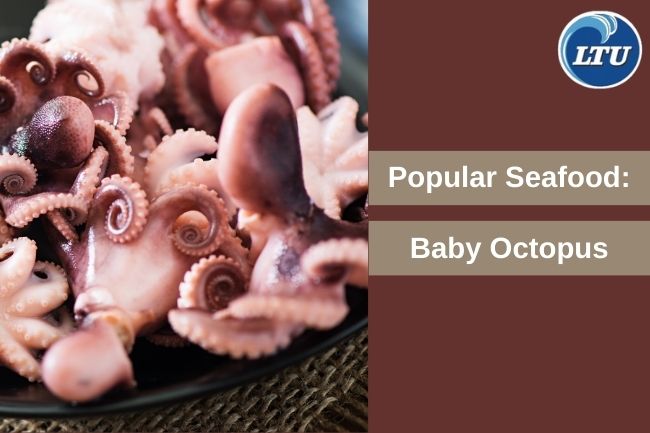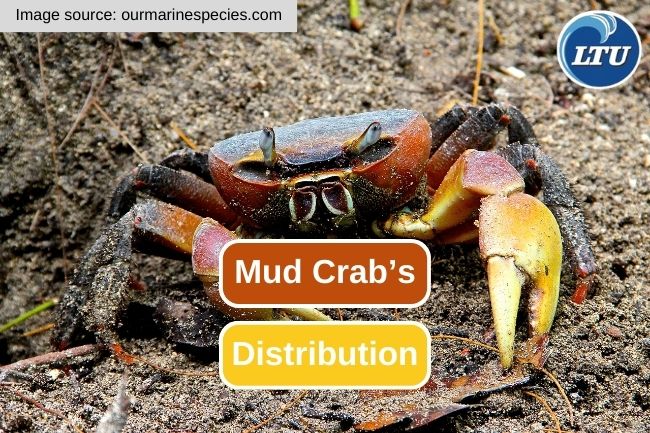3 Advantages of Longlines as a Fishing Gear
By. Nevanda - 24 Jul 2023
lauttimur.com - Longline is a fishing method that uses a long fishing line planted in the sea and equipped with multiple baits or hooks. While this method has been used traditionally to catch fish, especially large pelagic fish such as tuna and swordfish. Here are some advantages of using longlines:
Read also: These Are Some Nutrition You Get From Tuna
1. Efficiency in catching large fish
The longline method is highly effective in targeting and catching large pelagic fish such as tuna, swordfish, sharks and marlin. With a long fishing line that reaches several kilometers, the chances of catching big fish are increased.
2. Efficient use of resources
Longlines can optimize the use of resources, as one vessel can catch a large number of fish in one trip. This can reduce operating costs and increase profits for fishermen.
3. Allows fishing in large numbers
This method allows large amounts of fish to be caught at one time, which can help meet the market demand for fish.
The way longlines work in fishing is by using a long fishing line equipped with many baits or hooks. A longline is usually a series of hooks tied to a long, strong piece of rope. The process begins by spreading the longline over the sea surface or along the seabed, depending on the type of longline used.
In the pelagic longline method, a horizontal fishing line is planted on the sea surface with a certain distance between the hook and the hook. The bait and hook are usually made of materials that easily attract fish, such as small fish, squid, or anchovies. The fishing line floating above the sea surface stretches for several kilometers.
Meanwhile, in the bottom longline method, the fishing line is placed on the seabed or near the surface of the seabed. Baits and hooks are arranged regularly along the line, thus targeting fishes that live near the seabed, such as some types of tuna and swordfish.
Once the longline is cast in the sea, the fishermen then wait for some time to give the fish a chance to bite the hook. This waiting process is called "setting" or "soaking." After sufficient time has passed, the longline is carefully pulled back up. The fishermen then collect the catch that managed to snag the hook during this process.
Read also: Discovering the Best Seafood Pad Thai Recipe








